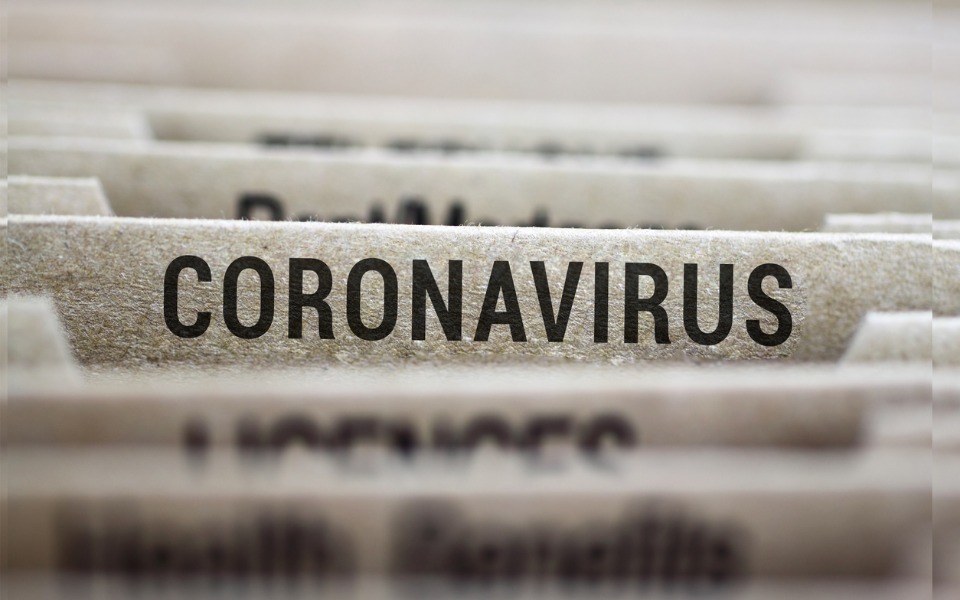
Corona death toll touches 1,800; WHO advises against ‘blanket measures’

The death toll due to the coronavirus epidemic in China touched the 1,800 mark on Tuesday (February 18) after 93 more people died in Hubei province, the hard-hit epicentre of the outbreak.
In its daily update, the province’s health commission also reported 1,807 new cases, a decline on the number of new cases reported on Monday.
The rise in death toll comes a day after the World Health Organization (WHO) warned against “blanket measures” over the novel coronavirus outbreak, pointing out the epidemic outside of China was only affecting a “tiny” proportion of the population.
Related news: Coronavirus cases on Japan ship rises to 454, four Indians doing well
WHO said with a mortality rate of around 2 percent — COVID-19 was “less deadly” than other coronaviruses such as Severe Acute Respiratory Syndrome (SARS) or Middle East Respiratory Syndrome (MERS).
WHO officials rejected the suggestion that all cruises should be halted to avoid risking a new nest of infection like the one on the coronavirus-hit Diamond Princess off Japan. “Measures should be taken proportional to the situation. Blanket measures may not help,” WHO chief Tedros Adhanom Ghebreyesus told reporters in Geneva.
This comes in the backdrop of the US evacuating more than 300 of its citizens including 14 who tested positive for coronavirus, from the cruise ship Diamond Princes anchored off Japan coast, where 454 people on board have been infected.
The virus outbreak, which has infected some 70,500 people in China and killed over 1,700, has battered manufacturing and tourism across the region and led to multiple travel restrictions including for flights and cruises.
“If we are going to disrupt every cruise ship in the world on the off chance that there might be some potential contact with some potential pathogen then where do we stop?” said Michael Ryan, head of WHO’s health emergencies programme.
Ryan said that even at the epicentre of the crisis in the city of Wuhan in central Hubei Province, the “attack rate” — a measure of the speed of spread of the virus — was four per 100,000.
“This is a very serious outbreak and it has the potential to grow, but we need to balance that in terms of the number of people infected. Outside Hubei this epidemic is affecting a very, very tiny, tiny proportion of people,” he said.
Related news: ‘No Time to Die’ China premiere tour cancelled over coronavirus outbreak
Tedros also referred to an apparent decline in new cases of the disease in recent days but said that the trend “must be interpreted very cautiously”. “Trends can change as new populations are affected. It is too early to tell if this reported decline will continue. Every scenario is still on the table,” he said.
Tedros said that more than 80 percent of patients infected with the virus have mild disease and recover, while 14 percent have severe diseases such as pneumonia. Around five per cent of cases are considered critical with possible multi-organ failure, septic shock and respiratory failure and, in some cases, death,” he added. Tedros said there were “relatively few cases” among children and more research was needed to understand why.
(With inputs from agencies)

